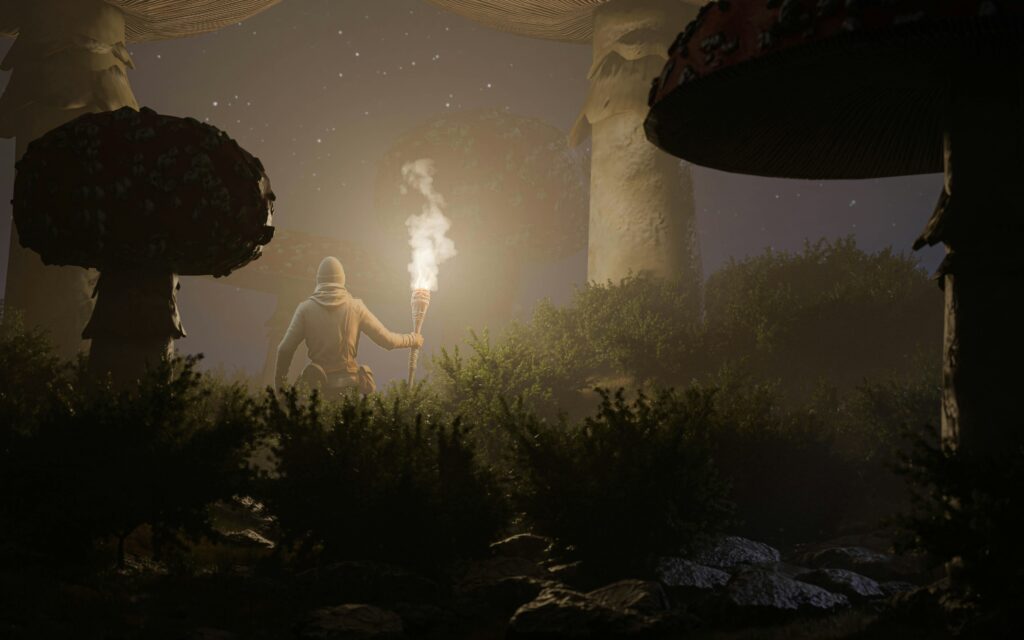Why Indie Still Hits Different
Indie devs don’t have time—or budget—for fluff. What they lack in blockbuster backing, they make up for with speed, guts, and originality. These teams move fast. Tight deadlines, small squads, and personal stakes push them to experiment hard and focus on what matters: gameplay, story, and soul. No filler. Just ideas turned to action.
A lot of the most talked-about mechanics in gaming lately? Started in the indie space. From roguelikes that actually feel fresh to dialogue systems that remember your past choices—we’ve seen big studios follow trends indies kicked off years ago. This isn’t just creative rebellion; it’s shaping the whole field.
When you compare indie productions to AAA titles, the contrast gets clearer. AAA games often come with spectacle: massive environments, top-tier motion capture, years of hype. But they also come with risk-aversion, safer design, and a slower rollout. Indies, meanwhile, take swings. They fail fast, pivot hard, and when they land a hit, it changes the conversation.
Curious how the AAA world is evolving by comparison? Check out this breakdown.
Southbound Soul
If you’ve ever wished your RPG choices truly mattered, Southbound Soul is the one to watch. Slated for release in late 2024, this indie title ditches the usual on-rails formulas for a branching narrative so reactive it almost feels alive. You’re not just shaping your own experience—you’re reshaping the world around you with every major (and minor) decision.
Built on a homegrown engine, Southbound Soul leans hard into non-linear storytelling. NPCs remember your actions—not just through dialogue trees, but by actually changing how areas play out, who allies with you, and what quests even exist. It makes replayability more than a bullet point; it’s baked into the structure. Make a choice early on, and you might lock out entire plotlines or invent new ones mid-play.
The game pairs this depth with a strong visual identity: muted colors, sharp lines, and a soundtrack that hovers between lo-fi and cinematic. Think Disco Elysium meets Undertale, but spun into something fresh. This isn’t a grind-heavy RPG. It’s something quieter, smarter, and undeniably personal.
Trends in the Indie Space
Indie games aren’t just chasing nostalgia—they’re refining it. Instead of carbon-copy pixels and CRT filters, we’re seeing sharper, intentional throwbacks. Think ’90s-era aesthetics, but with 2024 polish: chunky polygons, crunchy soundtracks, and UI simplicity, all cleaned up for modern machines. It’s not just about looking retro—it’s about feeling familiar, without the friction.
Meanwhile, accessibility is no longer an afterthought—it’s part of the foundation. From full remappable controls to better colorblind modes and scalable UI for low-vision players, indie devs are setting new standards. They’re proving you don’t need a huge budget to design for everyone.
Marketing is evolving, too. Devs aren’t investing in massive launch trailers anymore—they’re building Discord servers, dropping devlogs on TikTok, and surfacing sneak peeks straight to Reddit threads. It’s scrappy and direct, and it works. These platforms turn fans into testers and promoters overnight.
Finally, early access isn’t a cash grab—it’s a conversation. The Kickstarter era is fading. Players want to test and shape games in real time, not just fund them and wait. We’re seeing builds ship early and often, with open feedback loops baked into dev cycles. It’s more agile, more transparent—and, frankly, way more playable.
How to Support These Creators
If you want to see more inventive, risk-taking indie games hit your screen, support starts early—way before launch day. Wishlist the titles you’re excited about. It’s not just a nice gesture; platforms like Steam actually boost a game’s visibility based on wishlist counts. The earlier you click that heart icon, the more likely the game is to show up in front of new players.
Next step? Get involved. A lot of devs are opening up public betas, community tests, and early builds. Don’t just play—give solid feedback. Point out bugs, suggest tweaks, and let them know what clicks. Your comments might shape the final product.
Backing demos at events like itch.io showcases or Steam Next Fest is another simple win. It helps boost momentum and gives developers real-world data on audience interest. A demo download matters—treat it like a vote.
Lastly, spread the word. Post gameplay clips. Share dev updates. Respond to small bugs with useful context, not silence. Get their names circulating beyond niche corners of Reddit or Discord. It’s the grassroots that grow indie legends.
Final Thoughts
Indie gaming isn’t lurking in the shadows anymore—it’s steering the conversation. These developers are pushing boundaries faster than corporate-run studios can respond. Raw mechanics, fresh narratives, and weird genre mixes? That’s the indie signature. The result: games that actually surprise you.
Whether you’re obsessed with layered storytelling, chasing the cleanest speedrun possible, or just hunting for something experimental, there’s an indie title up your alley. And here’s the kicker—these games are alive. They patch fast, evolve quickly, and often pivot with community feedback, so staying up-to-date gives you the best experience, not just the first one.
Stay curious, click wishlist, and don’t wait for the big names to catch up.
More into the blockbuster world? Check out our article on AAA titles hitting shelves soon.


 Founder & Editor-in-Chief
Founder & Editor-in-Chief
